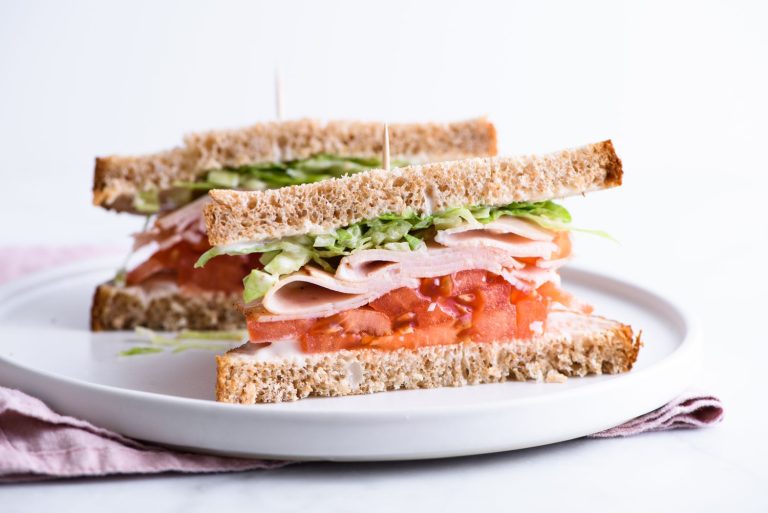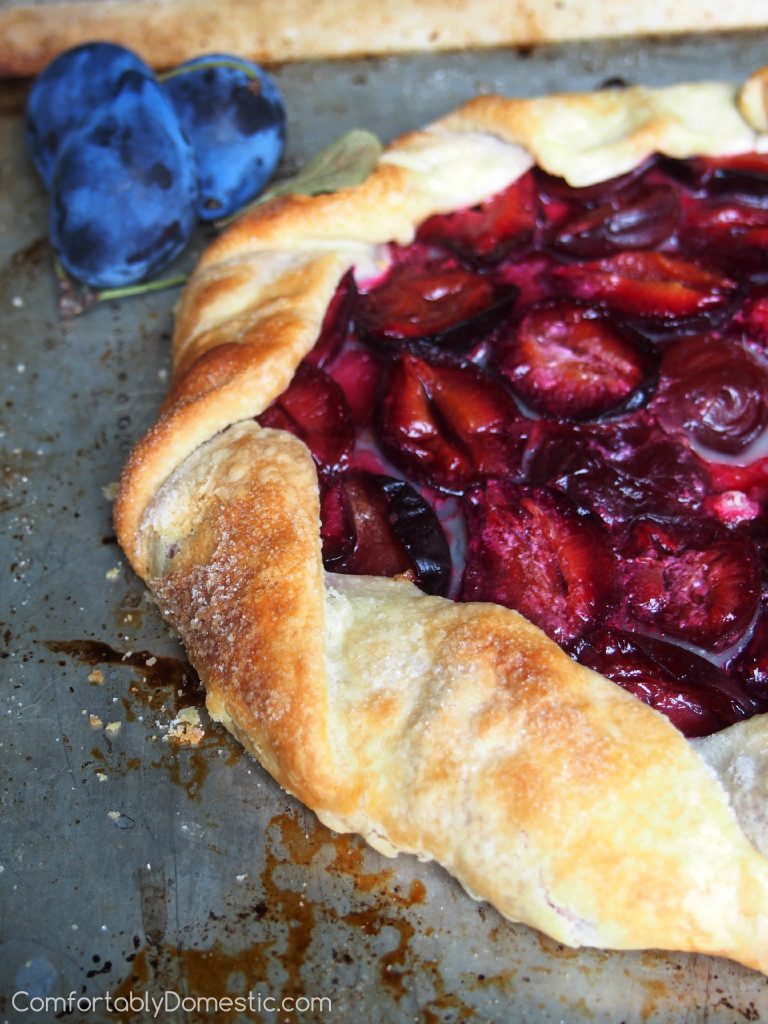Lawn Mower Salad: A Guide to Eco-Friendly Gardening and Soil Enhancement
Lawn Mower Salad involves recycling grass clippings to enhance your garden’s health. This practice has its roots in sustainable gardening methods. Gardeners have long used composting to reduce waste and enrich soil. By incorporating grass clippings, you add organic matter that decomposes, improving soil structure and fertility. This method has gained popularity as more people seek eco-friendly garden practices.
Key Ingredients
Lawn Mower Salad’s primary ingredient is fresh grass clippings. These clippings provide nitrogen, essential for plant growth. You can mix in fallen leaves for carbon, which helps balance nitrogen levels. Mulched vegetable scraps enhance the mixture, adding extra nutrients. Remember to avoid clippings treated with pesticides, as they can harm your plants. Use these readily available materials to create a nutrient-rich addition to your garden soil.
Health Benefits of Lawn Mower Salad
Nutritional Content
Lawn Mower Salad provides essential nutrients that improve soil health and plant growth. Grass clippings are high in nitrogen, a critical element for leafy growth. Fallen leaves contribute carbon, balancing the nitrogen for effective composting. Mulched vegetable scraps add trace minerals, enhancing the soil’s nutrient profile. Using untreated clippings ensures your garden remains free from harmful chemicals.
Recommended Serving Sizes
Appropriate serving sizes for Lawn Mower Salad depend on your garden’s size and needs. Incorporate a thin layer of grass clippings, around 1-2 inches, to retain moisture and deter weeds. Add a balanced mix of leaves and vegetable scraps, ensuring an even distribution. Regularly apply this mixture, adjusting quantities based on plant requirements and seasonal changes.
Preparing Lawn Mower Salad
Necessary Tools and Equipment
Prepare Lawn Mower Salad by gathering essential tools and equipment for mixing and distributing the materials. You’ll need a lawn mower with a grass catcher, a rake, garden gloves, and a compost bin or large container. A wheelbarrow, a pitchfork, and a mulching attachment for the mower can further simplify the process.
- Mow the Lawn: Use the lawn mower to collect grass clippings. Ensure the grass catcher is attached to gather clippings efficiently.
- Collect Fallen Leaves: Rake fallen leaves into a pile and transfer them to the wheelbarrow. Ensure the leaves are pesticide-free.
- Add Vegetable Scraps: Gather vegetable scraps from your kitchen. Ensure they’re free from seeds to avoid unwanted plant growth.
- Mix Ingredients: Combine grass clippings, leaves, and vegetable scraps in the compost bin or container.
- Distribute Mixture: Spread a thin layer of the mixture over your garden soil. Mix into the top few inches of soil using a pitchfork.
- Monitor and Adjust: Check your garden regularly. Add more materials as needed, adjusting based on plant requirements and seasonal changes.
Variations of Lawn Mower Salad
Regional Differences
Lawn Mower Salad varies based on regional climates and available plant materials. In temperate regions, you might include grass clippings, deciduous leaves, and vegetable scraps rich in nitrogen. In arid climates, incorporating cactus trimmings, dry grass, and xerophyte leaves maintains moisture levels. European gardeners often use nettles and comfrey for their nitrogen content. Coastal areas may add seaweed, providing essential micronutrients. Tailor the mixture to local conditions for optimal results.
Personalizing Your Salad
Personalize your Lawn Mower Salad by adjusting the components according to garden requirements. Add more grass clippings for high nitrogen if leafy vegetables dominate your garden. Increase leaf content for greater carbon if growing root crops. Vegetable scraps introduce trace minerals; prioritize them if plants show deficiencies. Include coffee grounds to acidify soil for acid-loving plants like blueberries. The mixture can also be diversified with eggshells for calcium and banana peels for potassium. Modify the blend to enhance soil health and meet the specific needs of your plants.
Conclusion
Embracing the Lawn Mower Salad method offers a simple yet effective way to boost your garden’s health. By utilizing everyday yard and kitchen waste, you can create a nutrient-rich mixture tailored to your garden’s unique needs. Remember to adjust your ingredients based on local conditions and specific plant requirements. This sustainable practice not only enhances soil fertility but also reduces waste, making it a win-win for both your garden and the environment. Start experimenting with your own Lawn Mower Salad today and watch your garden thrive.






